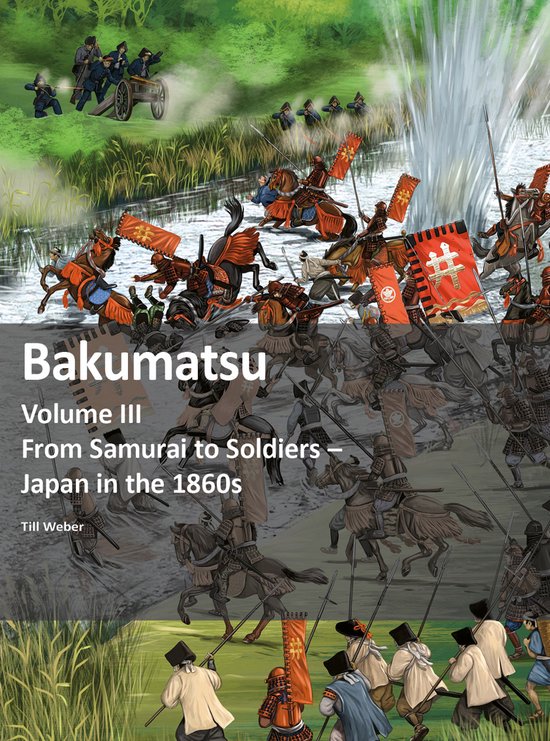
Samurai Revolution
Japan's dramatic rise from a political backwater to a great power; an inside look at the men and their times that shaped a nation.
Samurai Revolution tells the fascinating story of Japan's transformation from a backward country of feudal lords and samurai under the control of the shogun into a modern industrialized nation under the unifying rule of the Emperor. Japan's modern revolution spanned the third-quarter of the nineteenth century; knowledge of this history is essential to understand how and why Japan evolved into the nation it is today.
Samurai Revolution is divided into two books in one complete volume. Book I chronicles the series of tumultuous and bloody events between 1853 and 1868, collectively called the Meiji Restoration, the "dawn of modern Japan," when the shogun's government was overthrown and the Emperor was restored to his ancient seat of power. Book 2 covers the first turbulent decade of the restored monarchy in which the new Imperial government worked desperately to consolidate its power and introduce innovations that would put Japan on equal footing with Western powers that threatened to dominate it. The government clashed with disgruntled samurai who felt left behind amid the whirlwind of changes toward modernization. Highlighted is the Satsuma Rebellion of 1877, a failed samurai-led uprising that brought the end of the samurai way of life.
As the first comprehensive history and analysis in English examining all the key players in this epoch drama, Samurai Revolution is the result of over twenty-five years of research. Throughout the book the author quotes extensively from the journals, memoirs, histories, and letters of Katsu Kaishu, a prolific writer, founder of Japan's modern navy, and later supreme commander of the shogun's military, who earned the epithet "the shogun's last samurai." These original translations give an insider's view, which along with the grand historical narrative provide readers with an unparalleled insight into this most momentous period in Japanese history.
Samurai Revolution tells the fascinating story of Japan's transformation from a backward country of feudal lords and samurai under the control of the shogun into a modern industrialized nation under the unifying rule of the Emperor. Japan's modern revolution spanned the third-quarter of the nineteenth century; knowledge of this history is essential to understand how and why Japan evolved into the nation it is today.
Samurai Revolution is divided into two books in one complete volume. Book I chronicles the series of tumultuous and bloody events between 1853 and 1868, collectively called the Meiji Restoration, the "dawn of modern Japan," when the shogun's government was overthrown and the Emperor was restored to his ancient seat of power. Book 2 covers the first turbulent decade of the restored monarchy in which the new Imperial government worked desperately to consolidate its power and introduce innovations that would put Japan on equal footing with Western powers that threatened to dominate it. The government clashed with disgruntled samurai who felt left behind amid the whirlwind of changes toward modernization. Highlighted is the Satsuma Rebellion of 1877, a failed samurai-led uprising that brought the end of the samurai way of life.
As the first comprehensive history and analysis in English examining all the key players in this epoch drama, Samurai Revolution is the result of over twenty-five years of research. Throughout the book the author quotes extensively from the journals, memoirs, histories, and letters of Katsu Kaishu, a prolific writer, founder of Japan's modern navy, and later supreme commander of the shogun's military, who earned the epithet "the shogun's last samurai." These original translations give an insider's view, which along with the grand historical narrative provide readers with an unparalleled insight into this most momentous period in Japanese history.
| Auteur | | Romulus Hillsborough |
| Taal | | Engels |
| Type | | E-book |
| Categorie | | Geschiedenis |




